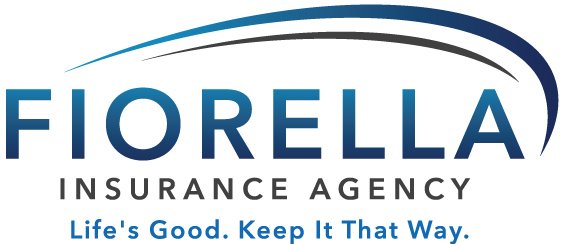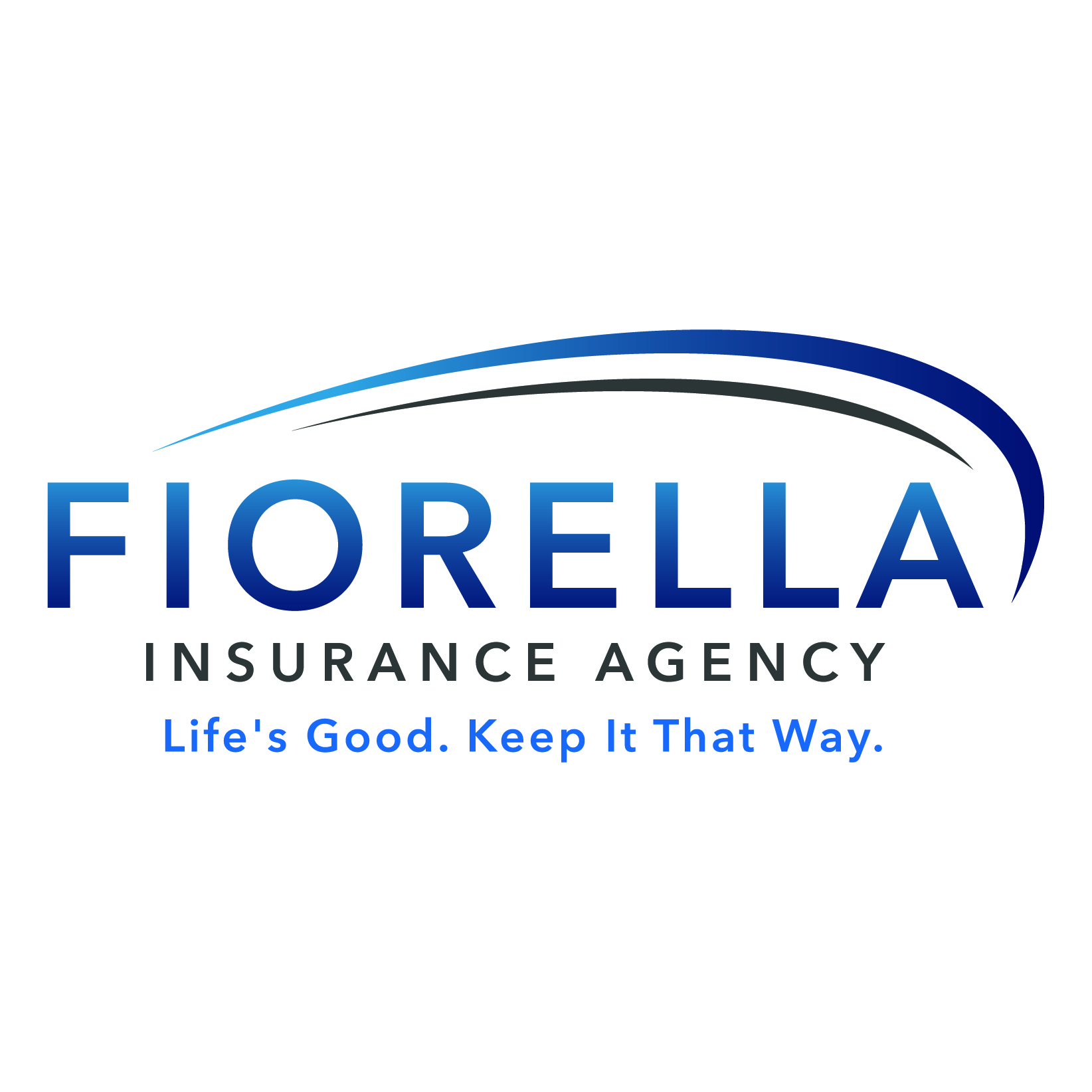Determining whether health insurance covers eye exams can be confusing. The answer is not always straightforward, as it depends on the specific insurance plan. Navigating the healthcare system can feel like a maze, especially when trying to understand what services are covered by your insurance.
While some insurance plans do include coverage for vision care, others may not. And even among those that do provide coverage, the extent and type of coverage can vary significantly. In reality, determining if your health insurance covers eye exams requires a thorough examination of your policy details. Let’s explore this complex topic together!Table of Contents
- What is Vision Insurance?
- Different Types of Vision Plans
- The Importance of Regular Eye Exams
- Job-Based Health Insurance Plans and Vision Coverage
- Obamacare Marketplace Plans vs. Off-Marketplace Health Plans
- Medicare’s Approach to Vision Coverage
- Medicaid’s Role in Covering Eye Care
- Stand-Alone Vision Insurance Plans: A Closer Look
- Affordable Care Act & Eye Care: An Overview
- FAQs in Relation to Does Health Insurance Cover Eye Exams
- Conclusion
What is Vision Insurance?

-
Save
Vision insurance refers to health and wellness plans designed specifically to reduce your costs for preventive eye care procedures and prescription eyewear. These types of insurance typically cover eye exams, eyeglasses, and contact lenses. Some vision insurance plans may even include coverage for vision correction surgery.
The operation of vision insurance plans differs from traditional health insurance policies, hence it’s recommended that you get in touch with our office before choosing a plan. We can provide guidance on acceptable providers as well as the type of coverage or plan needed.Different Types of Vision Plans
Most vision insurance plans are either discount or wellness benefit schemes that offer benefits and discounts against an annual premium – unlike regular medical health insurance policies. They function more like gift cards but with additional benefits – these packages can be used to cover basic eye care needs such as glasses, contact lenses, and eye exams while also occasionally covering specialized purchases like progressive lenses or even vision correction surgery.Coverage Provided by Vision Insurance Plans
Vision Insurance plans are primarily intended to cover fundamental eye care requirements including comprehensive eye examinations along with purchasing prescription eyewear. However, keep in mind that although they will cater to most expenses associated with your eyes’ healthcare, not all costs will be covered under these insurances. For example, if you have certain eye problems, require cataract surgery that falls under Medicare Part B rather than standalone vision plans, or need specific high-end products such as custom-design frames or specialty lens coatings, then these might not be included within the standard monthly premiums. Whether you’re looking for affordable options for maintaining good eyesight through preventive care services offered by doctors specializing in optometry and ophthalmology or seeking financial assistance when buying corrective devices like glasses or contact lenses, investing in a suitable package could help save a substantial amount over time.Decoding Vision Insurance
Vision coverage is a type of policy intended to lessen your expenses for regular eye care, like check-ups and eyeglasses. Unlike health insurance policies which cover a wide array of medical services, vision plans are specifically designed to offset costs associated with maintaining good ocular health.
In addition, these insurers offer specialty options such as lens coatings and enhancements. Some even provide discounted rates on elective vision correction surgeries.Annual Premiums for Vision Insurance
An integral part of understanding how vision insurance functions involves its cost structure. The annual premium paid towards your plan often determines the level of benefits you receive throughout the year. This contrasts with most health insurance plans where unlimited benefits kick in after copays and deductibles have been met.
Paying an annual premium can be more economical than paying out-of-pocket for each service related to your eyesight needs; however, it’s crucial to compare different providers’ premiums against their offered services before settling on any one policy. Note that while some insurers may include certain aspects of eye care within their general health plans – treatment for specific diseases affecting sight – they might not cover routine check-ups or corrective devices without additional stand-alone vision plans being purchased separately.The Importance of Regular Eye Exams
Regular eye exams are a key part of preventive health care and should not be neglected. These check-ups serve as more than just a vision test – they’re an integral part of preventive care. In fact, during an eye exam, doctors can detect early signs of serious systemic diseases such as diabetes and high blood pressure. Routine eye exams can be utilized to detect potential issues such as cataracts or macular degeneration at an earlier stage when treatment is most beneficial.Pediatric Eye Examinations: A Must For Children’s Health And Learning Abilities
For children particularly, routine eye screenings play a vital role. Many learning disorders prevalent among school-aged kids have been associated with visual impairments. Comprehensive pediatric eye assessments conducted by trained professionals go far beyond basic visual acuity tests often performed in schools; they help identify subtle yet significant issues affecting a child’s ocular development and academic performance.A Gap In Coverage: Routine Eye Care Often Not Included in Basic Health Insurance Plans
Despite their significance, many standard health insurance policies do not cover annual preventative eyecare services including routine examinations. This leaves individuals searching for alternative options like standalone vision plans or supplemental coverage offered by employers, which extend benefits for general medical services specifically including ocular healthcare needs.
This gap underscores the importance of understanding the different types of insurance available while planning one’s overall healthcare expenses effectively, ensuring adequate coverage without unexpected out-of-pocket costs due to sudden unforeseen circumstances related to one’s ocular health.Job-Based Health Insurance Plans and Vision Coverage
The landscape of job-based health insurance plans is diverse, with vision coverage often varying significantly from one employer to another. While some companies integrate comprehensive eye care into their overall health insurance policies, others may provide separate vision insurance plans.Group Vision Insurance Options
In addition to individual benefits offered by employers, group vision options are also available through professional associations or unions. For instance, members of the American Academy of Ophthalmology can access a Group Vision Plan that covers regular eye exams and corrective eyewear.Obamacare Marketplace Plans vs. Off-Marketplace Health Plans
The Affordable Care Act, or Obamacare, has drastically altered the health insurance landscape in the US. However, when we narrow our focus to vision coverage for adults specifically, there are significant differences between the marketplace and off-market plans.
Marketplace plans under Obamacare generally do not include adult vision coverage. These policies concentrate on essential health benefits such as preventive care and chronic disease management. While children’s vision services are considered an essential benefit under these plans, this provision does not extend to adults. In contrast with this approach is that of some off-marketplace health insurance plans which may offer a more comprehensive suite of eye care benefits including regular eye exams or even prescription eyewear or contact lenses depending upon your plan specifics.Delineating Coverage Differences
A wider array of options related to covering costs associated with eye care can often be found within off-marketplace health insurance policies compared to their marketplace counterparts. Some might cover routine eye exams while others could go beyond that, offering discounts on glasses or contacts.
This isn’t always guaranteed though; each insurer sets its terms, so it becomes crucial for you to review any potential policy thoroughly before deciding whether it aligns well with both your general healthcare needs and specific requirements around vision services.Weighing Your Choices
If you’re keen on understanding what kind of vision coverage is available through either type of plan, start by visiting HealthCare.gov. This platform allows comparison between different types of health insurance policies based on various factors like cost level, etc., along with optional extras pertaining particularly to eye care services important for yourself or your family members’ needs. If considering an off-market plan primarily because it potentially provides better visual benefits than those present within Obamacare markets, remember other key aspects must still match up against overall healthcare priorities – affordability, access, and quality providers, among many others.Medicare’s Approach to Vision Coverage
In the realm of health insurance policies, Medicare stands as a significant provider in the United States. Primarily catering to individuals aged 65 and above, it has specific guidelines when it comes to vision coverage.
The basic structure of Medicare is divided into Part A (hospital insurance) and Part B (medical insurance), collectively known as Original Medicare. Beneficiaries must understand that routine eye exams or most eyewear are not generally covered under this plan. Yet, there are exceptions linked to certain medical conditions. For instance, if you’re diagnosed with diabetes or identified at high risk for glaucoma, an annual eye exam falls within the purview of your coverage under Medicare Part B. Also noteworthy is that following cataract surgery involving intraocular lens implantation, one pair of prescription glasses or contact lenses becomes eligible for cover.Coverage Expansion through Medicare Advantage Plans
Beyond Original Medicare lies another option – enrolling in Medicare Supplement Insurance (Medigap). These plans often extend benefits beyond what original Medicare offers, including essential vision care services such as regular eye exams and glasses prescriptions.
Note, however, that these plans can vary significantly by location and provider, hence thorough research before decision-making remains paramount. While some may offer comprehensive vision coverage, others might only include basic preventive care services.Checking Your Options with Medigap Policies
Apart from the standard options available via original Medicare, additional supplements like Medigap policies exist which help pay healthcare costs not typically covered by original Medicare such as copayments, coinsurance, etc. However, they usually do not extend their scope towards routine ocular needs like check-ups or prescription eyewear.
In summary, although Medicare offers limited support for visual wellness management, it is important to understand its intricacies and explore additional options to ensure the best possible care for your eyesight.Medicaid’s Role in Covering Eye Care
In the United States, Medicaid is a crucial health insurance program that provides coverage to certain low-income individuals and families. State-level variation exists in the range of services provided by Medicaid.
When it comes to eye care, one of Medicaid’s primary roles lies within pediatric vision services. Under the Early Periodic Screening Diagnostic Treatment (EPSDT) benefit for children under 21 years old, comprehensive vision services are provided at intervals deemed medically appropriate.Pediatric Vision Services Covered by Medicaid
The EPSDT benefit doesn’t just stop with preventive screenings; it extends further into corrective measures if needed. This means eyeglasses or contact lenses could be prescribed as part of treatment and would be covered under this provision.
This robust approach towards child eye care reflects how highly valued early detection methods are within the structure of Medicaid policies. By ensuring access to these critical resources where necessary, potential long-term visual impairments may be significantly reduced or even prevented altogether.Vision Coverage for Adults Under Medicaid
Moving onto adult beneficiaries though, there isn’t a mandatory requirement across all states’ Medicaid programs regarding routine eye exams or glasses. Each individualized plan approved by the Centers For Medicare & Medicaid Services (CMS) determines what extent of adult vision benefits will apply on a per-state basis.
It varies widely among different states – some offer extensive benefits while others limit frequency coverage to only provide emergency eye care services. To find out more about what your specific plan covers concerning adult vision care, you should directly consult your local government agency responsible for managing healthcare plans.Stand-Alone Vision Insurance Plans: A Closer Look
If you’re seeking coverage for routine eye care, stand-alone vision insurance plans might be the answer. These specialized policies cover a range of services including comprehensive eye exams and prescription eyewear such as glasses or contact lenses.
The cost varies based on your chosen provider and level of coverage but typically involves monthly premiums. Companies like Humana offer these types of plans.Weighing the Pros & Cons of Standalone Vision Plans
A key advantage of standalone vision plans is their affordability – they are often more budget-friendly if regular eye care services are needed or there’s a family history suggesting potential future eye problems. However, it’s not all positive; some drawbacks need consideration too.- Limited network access – You may find that your preferred optometrist isn’t part of the insurer’s network, which can limit where you get your eyes checked or purchase prescription eyewear from.
- Potential high out-of-pocket costs – While premiums tend to be relatively low compared with other health insurance policies, additional expenses can quickly accumulate if more than just preventive care is required.
Affordable Care Act & Eye Care: An Overview
The ACA, more commonly referred to as Obamacare, has drastically altered the way eye care is administered in the United States. This legislation introduced several mandates that directly impact vision coverage.
One such mandate is the essential health benefits requirement, which obligates all new health insurance policies to include pediatric vision services. However, it’s crucial to note that this provision does not extend its reach to adults.Preventive Screenings under ACA: A Closer Look
Preventive screenings, a cornerstone of child healthcare under ACA, ensure routine check-ups for children without additional cost-sharing mechanisms like copayments or deductibles. Regular check-ups for children under the ACA include tests that can detect common eye issues in kids, such as lazy eyes and crossed eyes. Beyond these regular screenings for kids, certain diagnostic tests deemed medically necessary by an optometrist or ophthalmologist also fall within covered services.Cataract Surgery Coverage Under The Lens Of ACA
Cataract surgery, one of America’s most frequently performed surgeries, typically falls under Medicare Part B medical insurance rather than conventional vision plans. While the Affordable Care Act doesn’t modify this aspect per se, it did usher changes aimed at lowering out-of-pocket costs associated with post-operative medications following cataract surgery.
These reductions were made possible through reforms enacted within Medicare’s prescription drug program due to the implementation of the Affordable Care Act.


